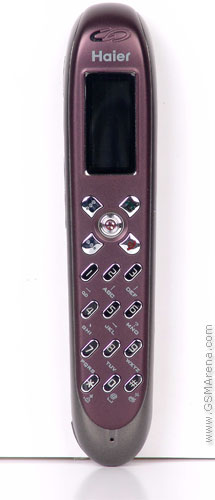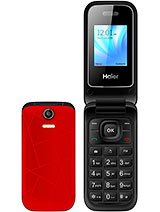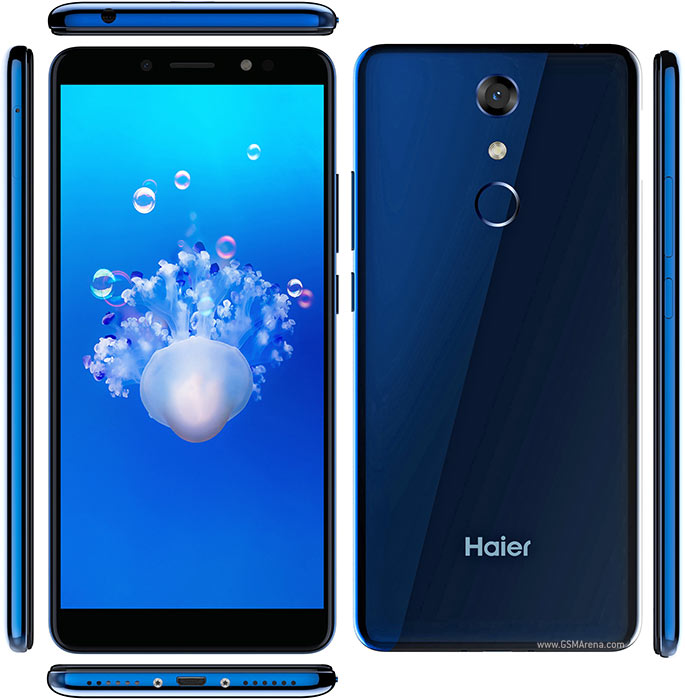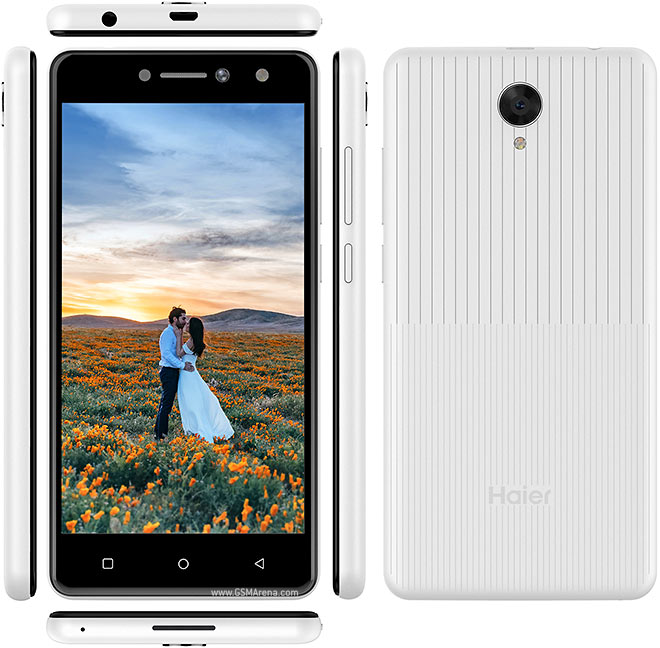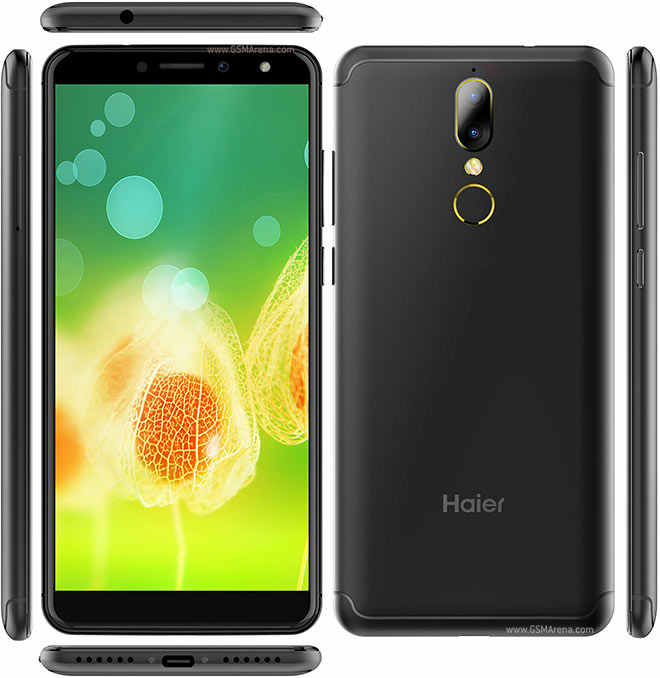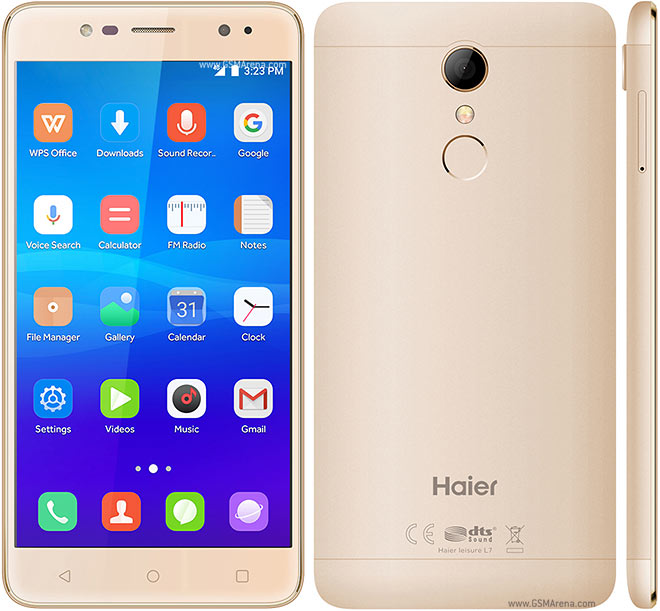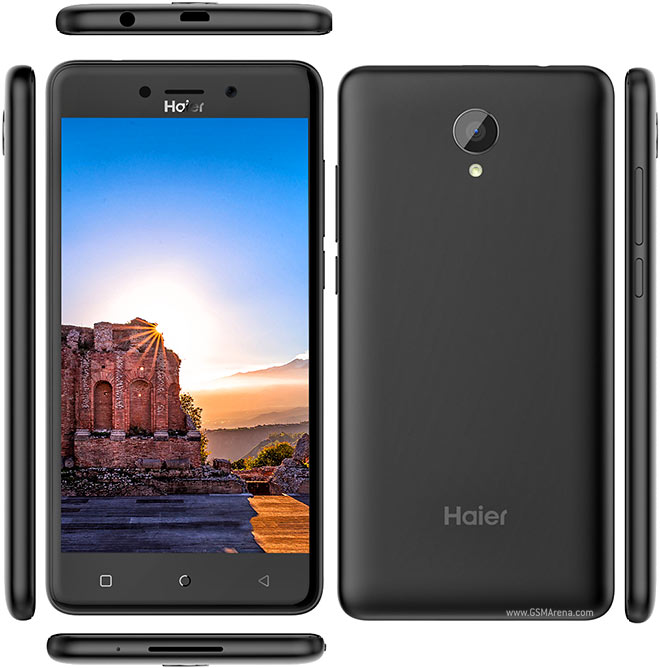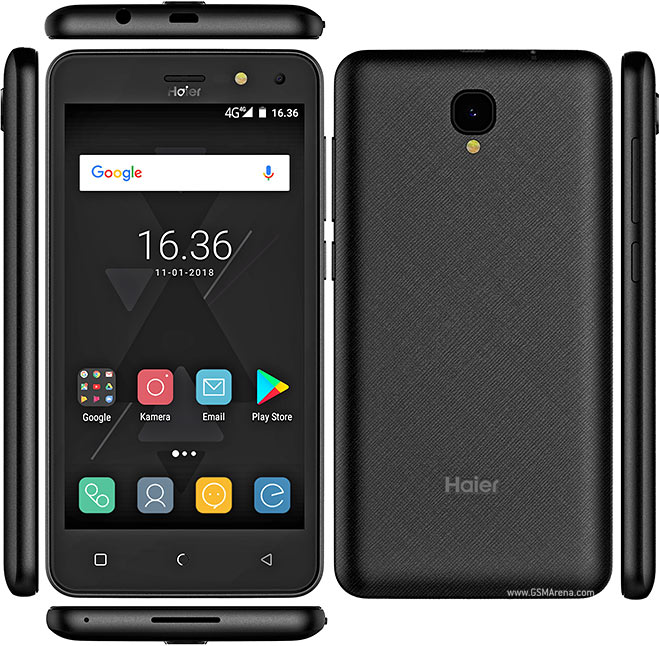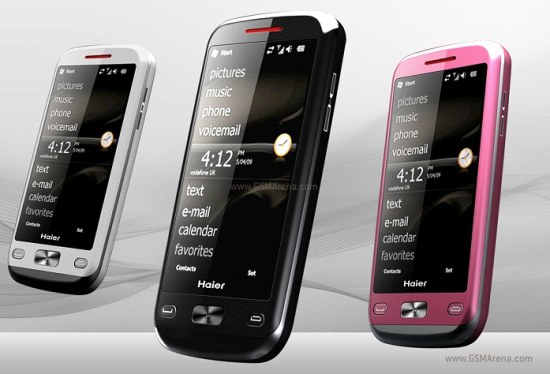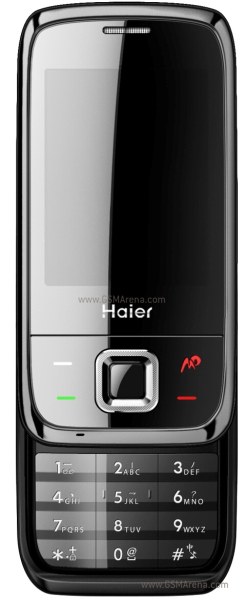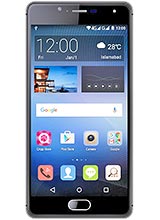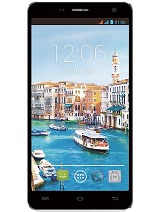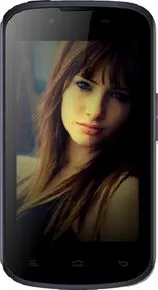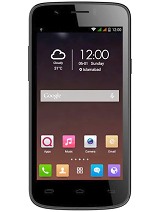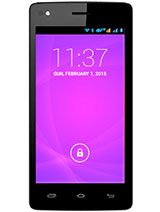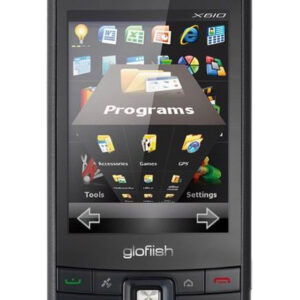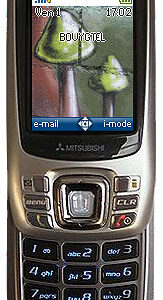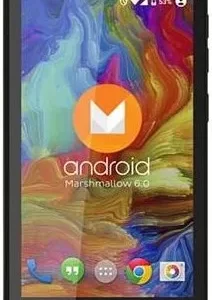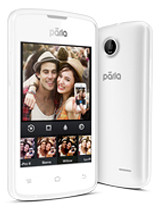Haier P8 Overall Review
The Haier P8 is a classic feature phone from the mid-2000s, designed for basic communication needs. Announced in Q2 2006, it features a TFT display with 65K colors, providing a clear and vibrant screen for its time. With a compact design and a lightweight profile, the Haier P8 caters to those who prefer simplicity and ease of use over the complex functionalities of modern smartphones.
A standout feature of the Haier P8 is its 600 mAh battery, which was adequate for the phone’s minimal power consumption, ensuring that it could last through several days on a single charge under light usage. This phone is equipped with essential tools like an organizer, alarm clock, and calculator, reflecting the basic but practical functionalities of feature phones from its era.
Haier P8 Pros and Cons
Pros:
- Lightweight and compact design, easy to carry and handle.
- Simple user interface, catering to those who need basic phone functionalities without the complexities of modern devices.
- The battery life is sufficient for basic use, thanks to the phone’s low power consumption.
Cons:
- Limited features compared to modern smartphones; lacks internet connectivity, apps, and advanced multimedia capabilities.
- The camera quality is minimal, suitable only for very basic photography needs.
- The display and technology are outdated by today’s standards, making it less appealing for users accustomed to high-resolution screens and fast performance.
